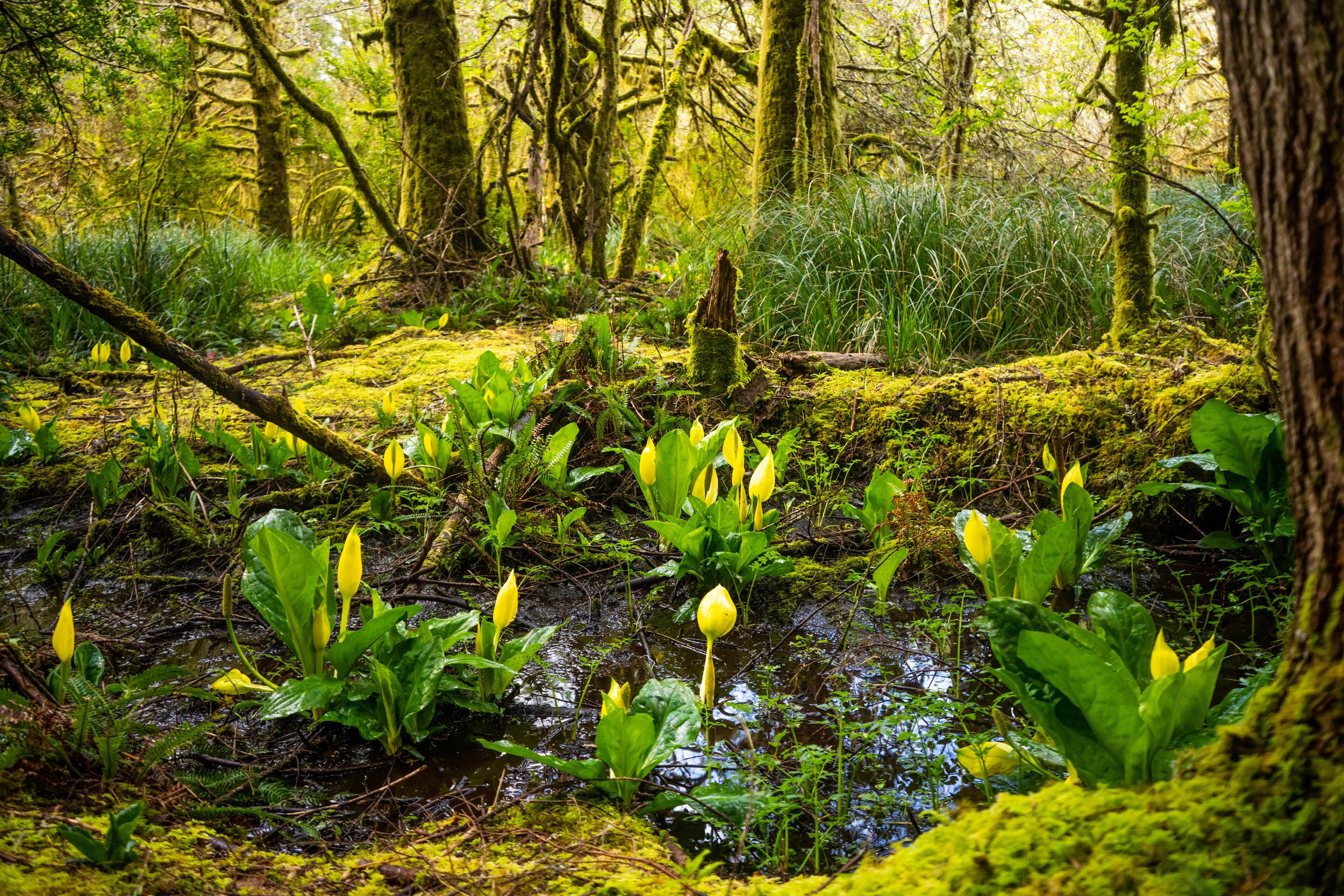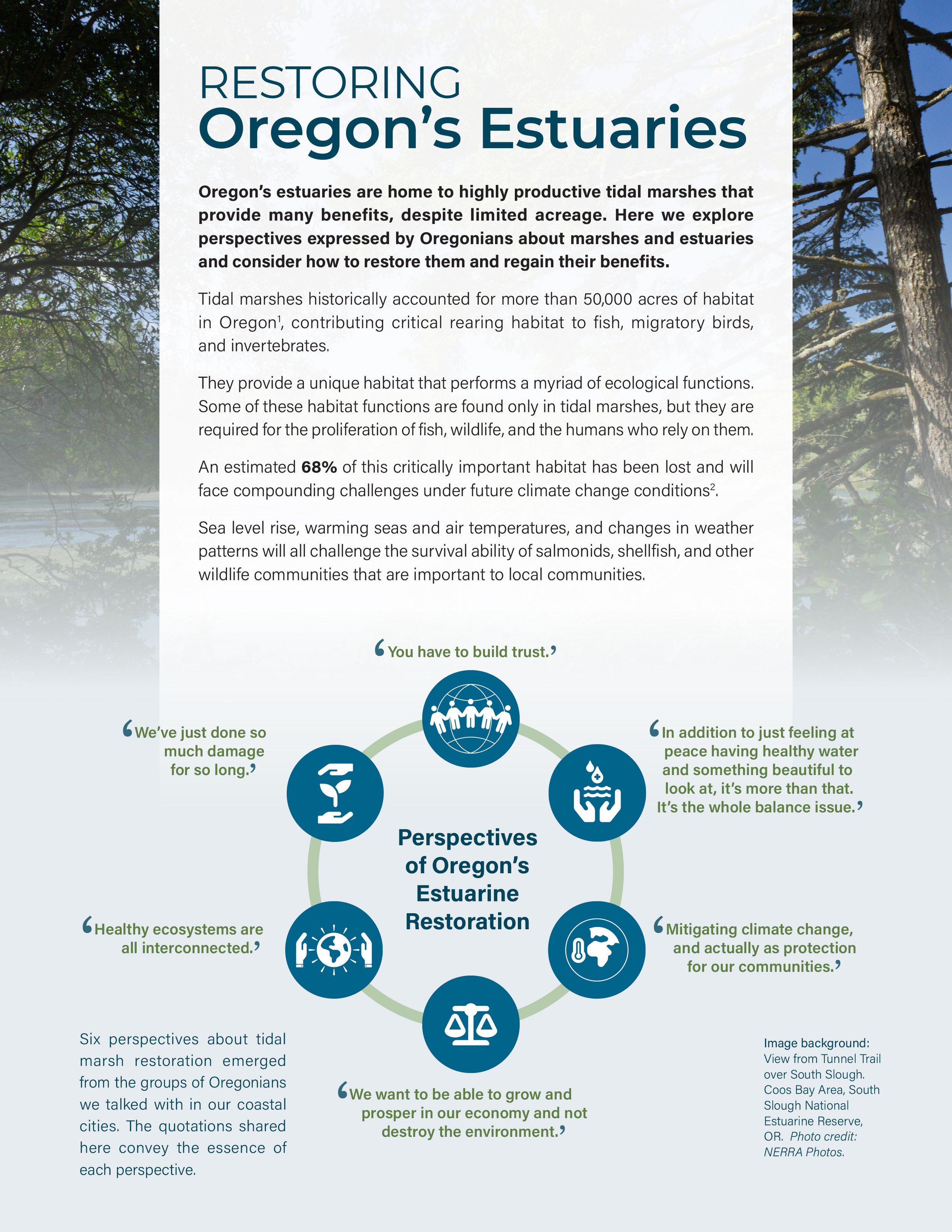Estuaries
An estuary is a partially enclosed coastal body of water where freshwater from rivers, streams, and wetlands mixes with saltwater from the ocean. It forms a transition zone between land and sea, characterized by unique ecological features and brackish conditions (aka slightly salty). Estuaries are highly productive and diverse ecosystems that support a wide range of plants, animals, and habitats.
Estuaries interact with the ocean in several ways:
Estuaries act as nutrient traps, where rivers deliver nutrients from the land into the estuarine system. These nutrients, along with sunlight and mixing, fuel organisms at the bottom of the food web, supporting abundant plant and animal life.
The mixing action of tides brings sediment from the ocean into estuaries. This sediment deposition helps form mudflats and contributes to the dynamic nature of estuarine habitats.
Estuaries serve as important transition zones for many marine species. Fish, crustaceans, and other organisms move into estuaries for spawning, feeding, or seeking refuge, utilizing the rich resources available. Many of Oregon’s fisheries in the open ocean, like Dungeness Crabs, depend on these transition zones for a portion of their life.
Yellow skunk cabbage in a forested tidal swamp/wetland.
Photo Credit: Steven Mortinson
Overall, the interaction between estuaries and the ocean is a complex and dynamic process, influencing the circulation of water, transport of nutrients and sediments, and the movement and distribution of marine life.
Estuaries are one of 11 designated Strategy Habitats by the Oregon Conservation Strategy, identified as habitats of conservation concern and supporting a significant number of animal species, including threatened and endangered species.
Beaver Creek meets the Pacific Ocean on the Central Oregon Coast.
Photo Credit: Steven Mortinson
Within an estuary, you can find several distinct habitats, including seagrass beds, mudflats, tidal marshes, and tidal forested swamps/wetlands. Tidal forested swamps or tidal forested wetlands are an incredibly important ecosystem for humans, salmon, and water quality that are under significant threat. Oregon’s tidal forests are dominated by Sitka spruce, also known as coastal or tidewater spruce, which can grow in fresh and brackish water. According to Pew Charitable Trusts, more than half of Oregon’s coastal tidal wetlands were forested in the 1800s. Today, all but about 5% of these areas have been logged and converted to pasture or other uses.






